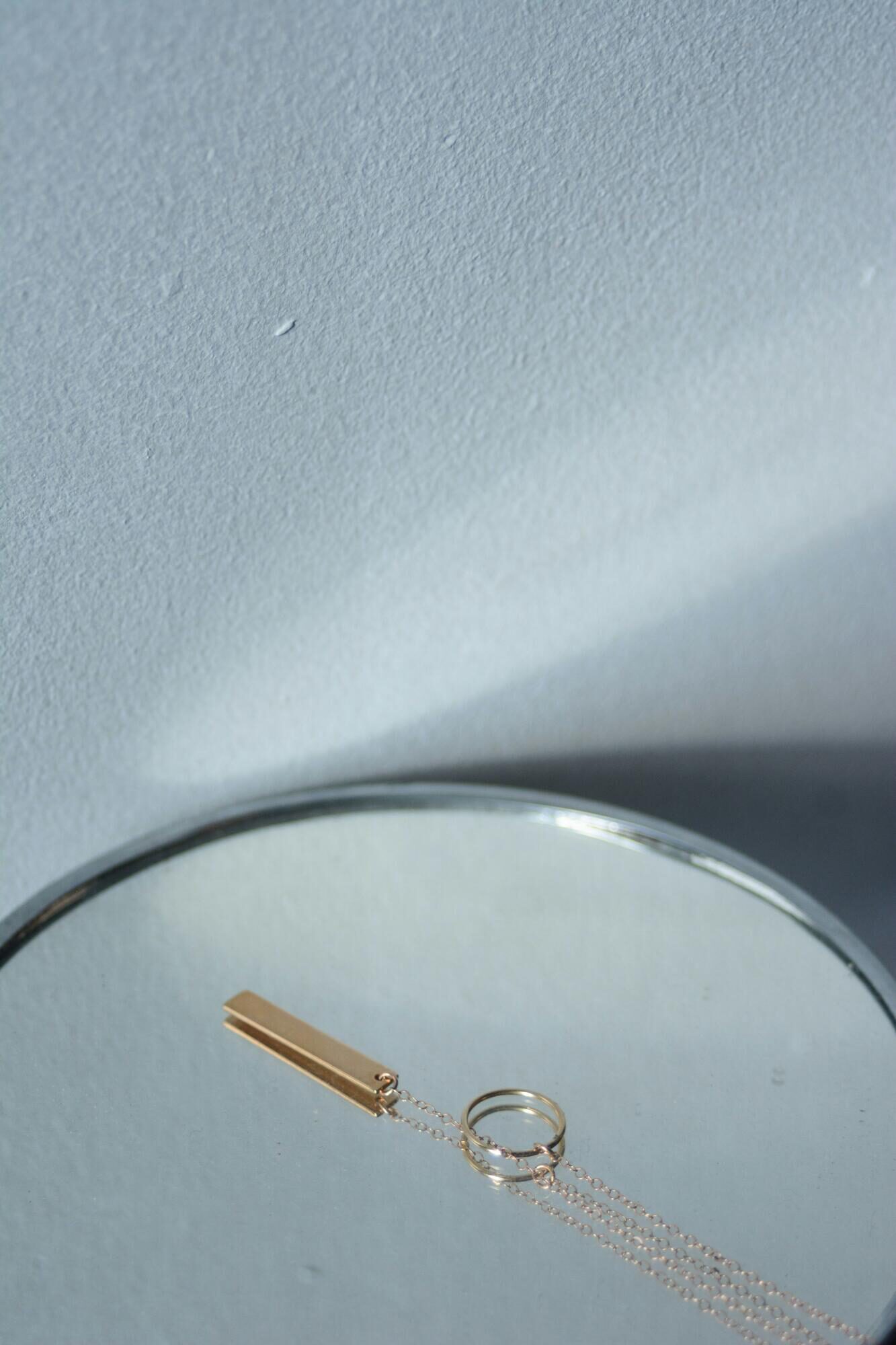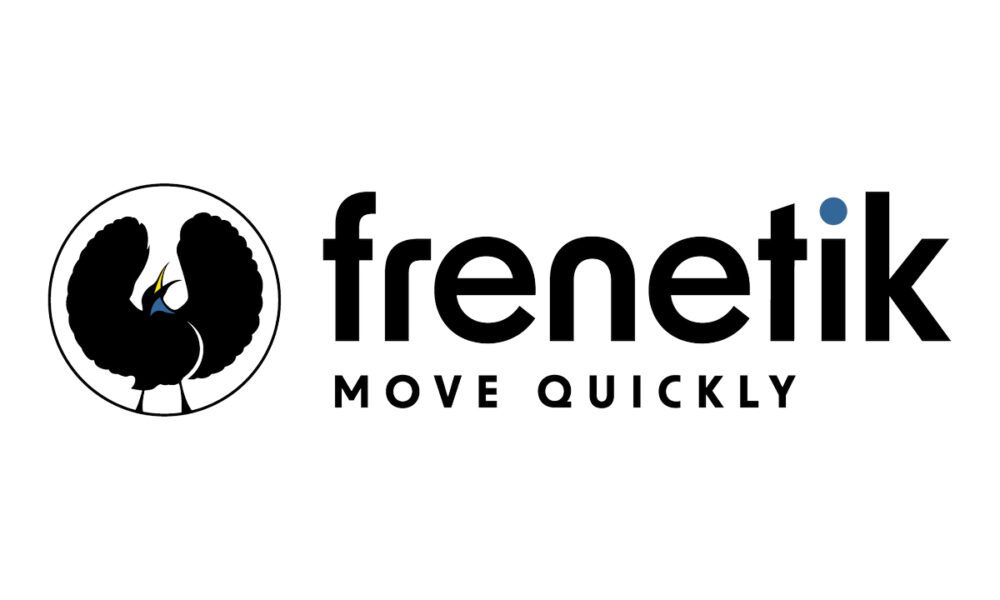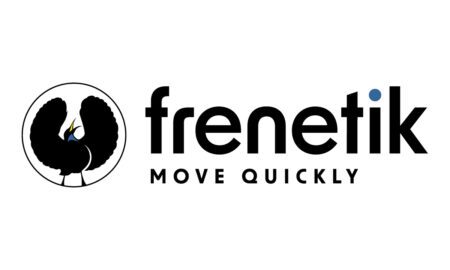Electroless nickel plating is one of the most popular finishing processes used in industries today. Unlike traditional electroplating, it does not require an electrical current.
Instead, a chemical reaction deposits a layer of nickel alloy onto a surface. This makes it an excellent choice for creating even, durable coatings on metals and other materials.
In this guide, we will explore the various types of electroless nickel plating, their benefits, and their most common applications. By the end, you will have a clear understanding of how this process works and which type may suit your needs best.
What Is Electroless Nickel Plating?
Electroless nickel plating is a chemical process that uses an autocatalytic reaction to deposit nickel-phosphorus or nickel-boron alloys onto a surface. Because it does not rely on electricity, the coating is uniform even on complex shapes, edges, and hidden areas.
This method is widely used in industries such as automotive, aerospace, oil and gas, and electronics. It provides excellent resistance to corrosion, wear, and friction.
Why Choose Electroless Nickel Plating?
Before exploring the various types, it’s essential to understand why many industries opt for electroless nickel plating.
- Uniform Coating
- Corrosion Resistance
- Wear Resistance
- Hardness
- Cost-Effective
These benefits make electroless nickel plating a versatile and reliable option for many businesses.
Types of Electroless Nickel Plating
There are several types of electroless nickel plating, each with its own unique composition and benefits. The most common categories are based on the level of phosphorus or boron in the coating.
Low-Phosphorus Electroless Nickel Plating
Low-phosphorus coatings contain less than 4% phosphorus. They are known for very high hardness, strong wear resistance, and excellent adhesion to the base metal. Because of these properties, they are often used in hydraulic equipment, aerospace parts, and tools that face heavy stress.
Medium-Phosphorus Electroless Nickel Plating
Medium-phosphorus coatings have 4% to 10% phosphorus. This type offers a good balance between hardness and corrosion resistance while also giving a smooth and shiny finish. It is the most common choice for automotive parts, appliances, and electronic components since it is cost-effective for general use.
High-Phosphorus Electroless Nickel Plating
High-phosphorus coatings contain 10% to 13% phosphorus. They are well known for exceptional corrosion resistance and are also non-magnetic, though they are softer than low-phosphorus coatings. This type is preferred for oil and gas equipment, marine environments, and chemical processing machinery.
Electroless Nickel-Boron Plating
Electroless nickel-boron plating replaces phosphorus with boron as the alloying element. It provides very high hardness, excellent wear resistance, and can be heat-treated for added durability. This makes it a good option for cutting tools, aerospace parts, and defense equipment.
Comparing the Types of Electroless Nickel Plating
Each type of electroless nickel plating has unique strengths, and comparing them helps highlight the best choice for different applications. While they all provide durability and protection, the level of phosphorus or the presence of boron creates noticeable differences in hardness, corrosion resistance, and cost.
Low-Phosphorus vs. Medium-Phosphorus
Low-phosphorus coatings are known for their hardness and strong wear resistance, which makes them ideal for high-friction or high-stress parts. However, their corrosion resistance is lower compared to other types.
Medium-phosphorus coatings strike a balance by offering good durability along with solid corrosion protection. Because of this balance, medium-phosphorus is the most widely used option for general industrial and consumer products.
High-Phosphorus vs. Low-Phosphorus
High-phosphorus coatings provide outstanding corrosion resistance, which makes them a better choice than low-phosphorus coatings for environments exposed to saltwater, chemicals, or extreme moisture.
While they are softer and less wear-resistant than low-phosphorus coatings, they excel in industries such as oil, gas, and marine operations where corrosion is the bigger threat. In short, high-phosphorus sacrifices some hardness to deliver maximum protection against rust and chemical attack.
Nickel-Boron vs. Phosphorus-Based Coatings
Nickel-boron coatings stand apart because they do not use phosphorus at all. Instead, boron gives the coating very high hardness and excellent wear resistance.
Compared to high-phosphorus coatings, nickel-boron is less corrosion-resistant but much harder, making it the better choice for tools, weapons, and aerospace components where mechanical strength matters most.
The choice depends on the application and the environment in which the parts will operate.
Key Properties of Electroless Nickel Coatings
Each type of electroless nickel plating offers specific benefits, but they also share common features that make the process so effective. Understanding these properties helps explain why this coating is widely used across many industries.
Corrosion Resistance
One of the strongest qualities of electroless nickel plating is its ability to resist corrosion. High-phosphorus coatings, in particular, perform very well in harsh conditions such as marine and chemical environments. Even medium-phosphorus coatings provide reliable protection for everyday use, helping extend the life of parts exposed to moisture and wear.
Wear Resistance
Another key property is excellent wear resistance, which makes components more durable under friction and heavy use. Low-phosphorus and nickel-boron coatings stand out in this area, offering high hardness that reduces surface damage. This makes them a top choice for tools, machinery, and other parts that are constantly in motion.
Surface Finish
Electroless nickel plating also creates a smooth, uniform finish that improves both function and appearance. The even coating reduces rough edges, prevents buildup, and ensures parts fit together more precisely. For industries like electronics and automotive, a polished surface also adds to product quality and performance.
Heat Treatment Potential
Some types of electroless nickel coatings can be heat-treated to become even stronger. Heat treatment increases hardness, giving parts added resistance against scratches, dents, and wear. This step is especially valuable for industries that need long-lasting parts under high stress, such as aerospace and defense.
Non-Magnetic Properties
High-phosphorus electroless nickel coatings are also non-magnetic, which makes them ideal for sensitive electronic applications. This feature allows components to operate without magnetic interference, improving reliability in devices and specialized equipment. It’s a property not every coating can provide, which adds to its importance.
Adhesion to Base Materials
Electroless nickel coatings are known for excellent adhesion to the base material, even on complex shapes. The uniform application means that hard-to-reach areas, corners, and threads are evenly coated. This makes the process especially useful when precision and complete coverage are required.
Industries That Use Electroless Nickel Plating
Electroless nickel plating is valued because it works across a wide range of industries. From heavy-duty machinery to sensitive electronics, its ability to provide both corrosion resistance and wear protection makes it a go-to solution. Below are some of the main industries that benefit from this technology.
Aerospace
In aerospace, performance and safety are top priorities. Electroless nickel plating is used to enhance parts that face high stress and extreme conditions.
Automotive
The automotive sector relies on electroless nickel plating to improve durability and reduce wear in critical parts. Because vehicles operate under harsh conditions such as heat, friction, and moisture, coatings play an important role in extending lifespan.
Oil and Gas
The oil and gas sector exposes equipment to some of the harshest conditions, including high pressure, abrasive materials, and corrosive fluids. Electroless nickel plating protects against these elements.
Electronics
Electronics manufacturers use electroless nickel plating for its non-magnetic and conductive properties.
- Connectors and circuit boards
- Sensors and micro-components
- Hard drive parts
This allows electronic devices to maintain consistent performance while extending the life of small, delicate components.
Defense
Defense equipment must withstand tough conditions, including moisture, sand, and heavy use. Electroless nickel plating strengthens and protects components in the field.
Advantages of Working With Experts
Choosing the right type of electroless nickel plating is not always easy. Different applications require different properties, and making the wrong choice can lead to costly failures.
Working with a professional plating company ensures that the correct type of coating is applied. A trusted provider like ADVPlating can guide businesses through the selection process, ensuring that parts receive the protection they need for long-term performance.
How to Select the Right Type for Your Needs
When deciding which type of electroless nickel plating is best, consider the environment where the part will be used. Exposure to saltwater, friction, or chemicals can determine whether you need high corrosion resistance, extreme hardness, or a balance of both.
You should also weigh your budget and check industry standards. For example, medium-phosphorus coatings are cost-effective, while nickel-boron coatings are more premium but provide extreme wear protection. Taking these factors into account ensures the right choice.
The Future of Electroless Nickel Plating
As industries demand stronger and longer-lasting parts, electroless nickel plating continues to evolve. Advances in chemistry are leading to coatings that are more durable and eco-friendly.
In addition, new applications in renewable energy and electronics are opening up more opportunities. Businesses that keep up with these modern plating technologies can stay competitive and deliver better products.
Choosing the Right Electroless Nickel Plating
Electroless nickel plating is a powerful process that provides uniform, durable, and reliable coatings for a wide range of industries. From low-phosphorus hardness to high-phosphorus corrosion resistance, each type offers unique benefits. Nickel-boron plating adds another option for extreme wear resistance.
If you are ready to explore the right electroless nickel plating for your needs, reach out to a professional service provider today and give your parts the protection they deserve.
Found this article useful? Browse around the rest of this section to make sure you catch the latest news.
Read More From Techbullion





























